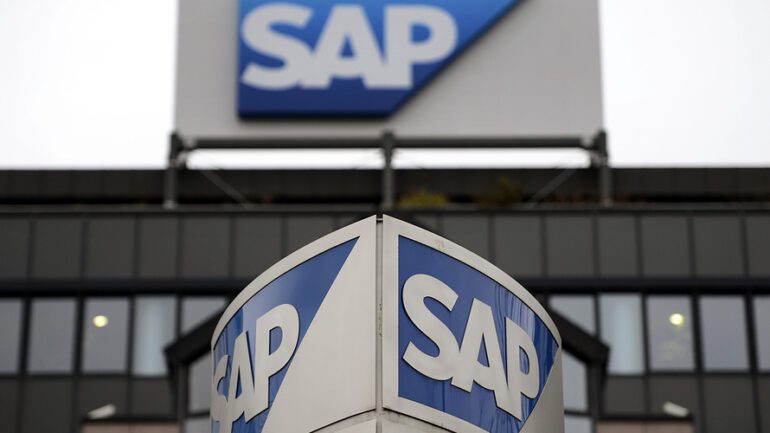- SAP SE introduces AI enhancements in supply chain solutions for manufacturing.
- Aim to boost productivity, efficiency, and precision through real-time data insights.
- Solutions address contemporary challenges like supply chain disruptions and labor shortages.
- Customers experience significant improvements in workforce productivity and cost reduction.
- Market insights show that a majority of executives integrate AI strategies into operations.
- Key enhancements include optimizing decisions, streamlining product development, detecting equipment anomalies, and improving field response.
Main AI News:
In a move set to redefine manufacturing efficiency, SAP SE has revealed groundbreaking AI enhancements within its supply chain solutions. These innovations promise a paradigm shift, empowering companies with unparalleled productivity, efficiency, and precision. By harnessing AI-driven insights from real-time data, businesses can now leverage their own data reservoirs to optimize decision-making across supply chains, streamline product development, and enhance manufacturing efficiency.
Muhammad Alam, a distinguished member of the Executive Board of SAP SE, highlighted the significance of these advancements in addressing contemporary business challenges. “Today’s businesses face a myriad of obstacles, from supply chain disruptions to labor shortages and geopolitical uncertainties,” he remarked. “SAP recognizes the urgent need for agility and intelligence, spearheading innovation through AI-powered solutions to streamline supply chain and manufacturing operations.”
Alam emphasized the transformative potential of SAP’s AI solutions in enhancing operational efficiency and bolstering supply chain resilience. He stressed the pivotal role of these innovations in delighting customers with superior service, thereby paving the way for sustained growth and market competitiveness.
Real-time information plays a pivotal role in mitigating the impact of supply-chain disruptions on global suppliers, manufacturers, and distributors. Notably, companies like SMA Solar Technology AG have already reaped the rewards of SAP’s solutions, experiencing significant increases in supply chain workforce productivity, cost reductions in supply chain planning, and inventory carrying costs.
Heiko Kehm, Head of IT Order to Cash at SMA Solar, underscored the company’s commitment to leveraging AI-enabled solutions for modernizing manufacturing execution systems. “SMA Solar modernizes its manufacturing execution systems to support sustainable, risk-resilient manufacturing operations with the power of AI-enabled visual inspection in the SAP Digital Manufacturing solution,” he affirmed.
Market insights further corroborate the strategic importance of AI in supply chain and operations management. According to a global 2024 IDC InfoBrief sponsored by SAP, a majority of supply chain and operations executives have already integrated AI strategies into their business objectives and operations. These strategies range from embedding AI into supply chain planning processes to enhancing operational efficiency and employee productivity.
Key enhancements to SAP’s supply chain solutions align closely with customers’ AI-centric strategies. These include:
- Optimizing decisions across the supply chain with AI-driven insights
- Streamlining product development through SAP’s AI copilot Joule
- Detecting equipment anomalies using AI for proactive maintenance
- Improving field response through integrated real-time traffic data and machine-learning-trained models
Conclusion:
SAP’s AI-driven supply-chain innovations mark a significant leap forward in manufacturing efficiency. With solutions tailored to address contemporary challenges and empower businesses with real-time insights, SAP is poised to lead the market in delivering transformative value to customers. As more executives integrate AI strategies into their operations, SAP’s offerings are well-positioned to drive sustained growth and competitiveness in the manufacturing sector.

